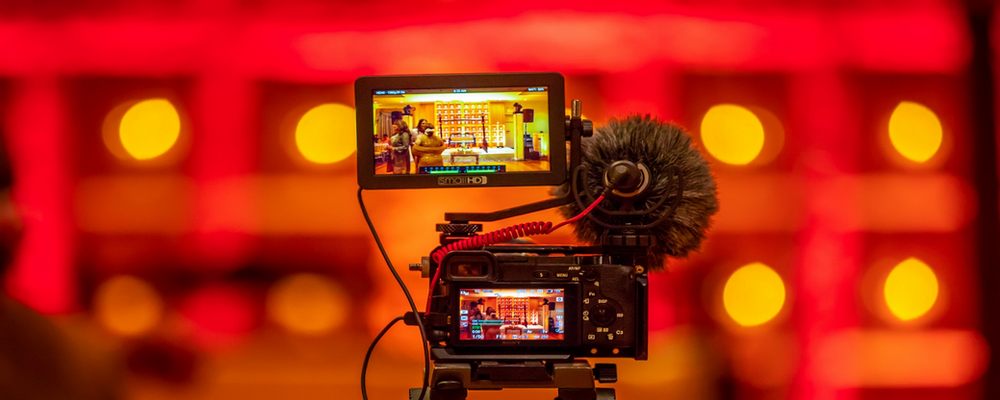Live streaming refers to online streaming media simultaneously recorded and broadcast in real time.
How does it work?
It all starts with the camera. Today’s digital cameras can capture images at a stunning 4K resolution (2160p). This resolution requires a very high bit-rate to support the raw digital video signal coming out of the camera which means that the cables used to transfer this signal, must be able to handle large amounts of data.
The video signal must be compressed through an encoder into a codec, where the standard for broadcasting and distribution is H.264. By compressing gigabytes to megabytes, H.264 compresses the video to be easily streamed. This encoder can either be embedded in the camera or can be stand alone. Once the video stream is compressed through the encoder, the video data still needs to be packaged into a real-time transfer protocol (RTP) for delivery across the internet. Due to this being a very large stream of continuous data, it is broken up into information packets, which is recombined and decoded into a continuous signal. RTMP is the standard for many encoders.

Media servers then take on the next steps for the stream after packaging. They take the stream from the encoder and convert the video as needed. Ingress is the amount of data entering the media server. Media servers can trans-code the data into a new codec. They can transform the video into different resolutions, create different bit-rates, and even repackage data into different protocols. Egress stands for the data transferred out of a media server.
You want your live stream to reach as many viewers as possible, which means it will need to be able to adapt to any form of viewing (tablets, computers, cell phones, etc). A media server creates adaptive bit-rate streaming ‘renditions,’ consisting of all the different resolutions and bit-rates created. The technology playing the video can choose the best rendition for viewing based on the size of the screen and network bandwidth. ABR ensures your viewers have the best quality live stream for their viewing conditions. There are more things a media server can do, like injecting additional information, saving the stream as a video file, and doing similar conversions to the audio. And keep in mind, with one stream coming into a media server and multiple renditions coming out, you’ll need more bandwidth for egress to support a large audience.

There is still the issue of distance. The farther they are from the media server, the longer it takes for the signal to get to them. That distance can cause that horrible buffering. Many use a content delivery network to work through these issues. A CDN is a network of media servers spread all over the world that’s capable of handling large amounts of data. The servers closest to the viewer are called edge servers. The data stream is delivered throughout the network, finally connecting with viewers at the edge server closest to them.
The last thing to think about, are social media networks with their own CDN. Social media networks often accept RTMP and have their own content delivery network for user-generated videos and stream directly from their encoders to these social media networks. Through a media server, social media networks can be simultaneously targeted together in conjunction with your own delivery network, further increasing your live stream’s reach.
Coronavirus made live streaming the new normal. Live video streaming today is about employing the right tools. Even with a global viewing audience on a variety of platforms, the highest quality live video streaming experience is possible.
